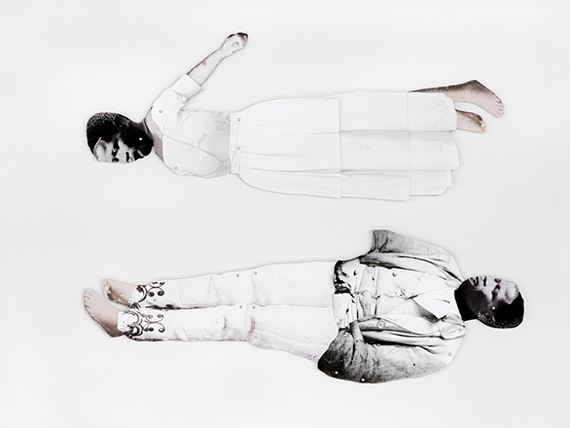
Collages with paper pins mounted on aluminium
© Courtesy Galerie Nordenhake Berlin/Stockholm/Mexico City
Photo: Gerhard Kassner
JACK DAVISON OMER FAST FRIDA ORUPABO
Jack Davison » Omer Fast » Frida Orupabo »
Exhibition: 30 Sep 2021 – 23 Jan 2022
Haus der Photographie / Deichtorhallen
Deichtorstr. 1-2
20095 Hamburg
Tue-Sun 11-18
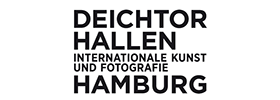
Halle für aktuelle Kunst / Deichtorhallen
Deichtorstr. 1-2
20095 Hamburg
+49 (0)40-321030
mail@deichtorhallen.de
www.deichtorhallen.de
Tue-Sun 11-18
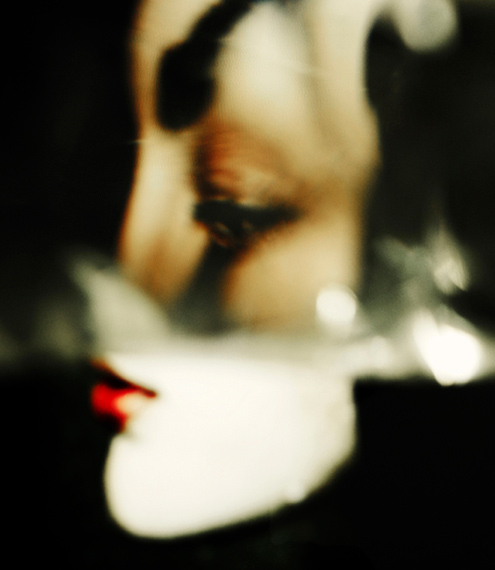
From Photographs, published by Loose Joints, 2019
© Jack Davison
Jack Davison, Omer Fast, Frida Orupabo
Exhibition: 30 September 2021 – 23 January 2022
The Deichtorhallen Hamburg had opened »PHOXXI«, the Temporary House of Photography, a new exhibition venue in Hamburg. PHOXXI will present international contemporary positions in photography at the main branch of the Deichtorhallen, thus bridging the three-year period during which the southern hall, where the House of Photography has been located since 2005, will be closed for renovations. The opening exhibitions will feature works by JACK DAVISON, OMER FAST, and FRIDA ORUPABO.
The name »PHOXXI« comes from the artistic discipline of photography and the Roman numeral »XXI«, thus signifying a transformation of photography and the dialogue with contemporary conceptions of photography in the 21st century.
The exterior of the building was designed by the Berlin-based artist Anselm Reyle, who teaches at the University of Fine Arts (HFBK) in Hamburg, and whose work was presented in a solo exhibition at the Deichtorhallen in 2012. His colorful design for the facade places works from the F. C. Gundlach Collection, among others, in an exciting dialogue with his characteristic stripes. Reyle became known at the early 2000s for works whose formal language ties in with the achievements of abstract art and which have a fascinating sense of spatial presence as objects.
The 50-by-12.5-meter, multi-story building offers a total surface area of around 820 square meters to accommodate a large exhibition space, an auditorium, and office space. The facilities are rounded out with a cloakroom and shop next to the foyer. In addition, during the renovation of the south hall, some photography exhibitions will also take place in the Hall for Contemporary Art and the Falckenberg Collection, and the educational program will be continued.
Bridging the gap between historical photography and the digital present of the 21st century is the focus of the first exhibition projects at PHOXXI, the Temporary House of Photography. Starting fall 2021, the exhibitions by JACK DAVISON, OMER FAST, and FRIDA ORUPABO will feature expansions of analog photography into digital, three-dimensional, and moving images.
The use of existing iconic images forms the basis of the work of JACK DAVISON (*1990 in Essex). The London-based photographer makes use of a multitude of genres, styles, and techniques, ranging from avant-garde experiments to objective documentaries, and from mid-20th-century portraits to conceptual studies. His pictures seem like déjà-vus from the history of photography and are reminiscent of photographs by Max Ernst and Man Ray. Davison succeeds in creating works that have a fascinating sense of immediate presence. He makes use of the presentation aesthetics of online communities such as Flickr. Inspired by Salvador Dalí’s imagery, Davison plays with reflections of light and the targeted use of individual props, and thus brings surrealistic, dreamlike forms of expression into the present.
The Israeli video artist OMER FAST (*1972 in Jerusalem, lives in Berlin) reflects on the work of August Sander, one of the most important photographers of the early 20th century, with his 3D multi-channel video installation AUGUST. Fast depicts Sander as a fictional character at the end of his life, almost blind and haunted by the death of his son and the ghosts of the people he photographed. Sander’s groundbreaking portrait series People of the 20th Century, which he created from 1900 to the mid-1930s, also features in the film. Ultimately, it examines the question of whether photography as a medium can depict the truth about people and society. The narrative line between documentation and fiction, which Omer Fast deliberately uses in his works, is part of an emerging genre in contemporary art known as "parafiction."
The Norwegian-Nigerian artist FRIDA ORUPABO (*1986, lives in Oslo) uses historical images found on the Internet as well as pictures from colonial history, music videos, African-American media, and personal photographs to explore her own background and identity. Her extensive archive, which she makes public via her Instagram account @nemiepeba, forms a basis for her to understand, process, and reorganize the colonial legacy. Based on her collaboration with the American artist Arthur Jafa, which marked the beginning of her exhibition work, Orupabo brings her digital practice into three-dimensional space. Her collages dismember pictures of bodies, reassemble them with thumbtacks like brutally mangled dolls, or confront them with genre pictures whose context often remains unclear. Racism and sexism are prominent themes in these powerful works, which have jumped from the Internet to the real world via walls, tables, and floors.
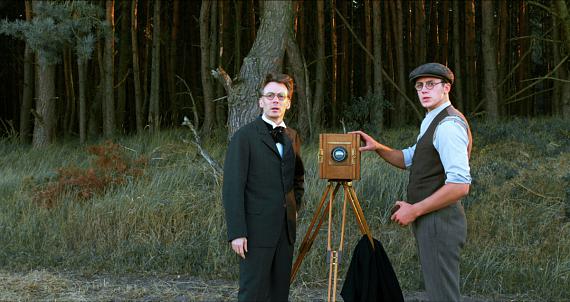
3D-Film mit Sound, 15:30 min
Im Auftrag von Martin Gropius Bau/Berliner Festspiele
© Filmgalerie 451/Stefan Ciupek/Julia M. Müller
Jack Davison, Omer Fast, Frida Orupabo
Ausstellung: 30. September 2021 bis 23. Januar 2022
Die Deichtorhallen Hamburg eröffnen am 29. September 2021 mit »PHOXXI« - dem temporären Haus der Photographie - ein neues Ausstellungshaus in Hamburg. Das PHOXXI präsentiert internationale zeitgenössische Positionen der Fotografie direkt auf dem Gelände der Deichtorhallen und überbrückt damit die rund dreijährige Sanierungs- und Schließzeit der südlichen Deichtorhalle, in dem das Haus der Photographie seit 2005 angesiedelt ist. Die Auftaktausstellungen stellen Werke von JACK DAVISON, OMER FAST und FRIDA ORUPABO vor.
Der Begriff »PHOXXI« leitet sich vom disziplinären Kunstbegriff »Photographie« und der Verwendung der römischen Zahl »XXI« ab, die für eine Transformation der Fotografie und den Dialog mit zeitgenössischen fotografischen Denkweisen im 21. Jahrhundert steht.
Für die Außengestaltung des Gebäudes konnte der in Berlin ansässige und an der HfbK Hamburg lehrende Künstler Anselm Reyle gewonnen werden, dessen Arbeiten 2012 in einer Einzelausstellung in den Deichtorhallen präsentiert wurden. Seine farbintensive Inszenierung der Fassade setzt u.a. Werke aus der Sammlung F. C. Gundlach in einen spannungsvollen Dialog mit seinen charakteristischen Streifen. Anselm Reyle wurde Anfang der 2000er-Jahre mit Werken bekannt, die in ihrer Formensprache an die Errungenschaften der abstrakten Kunst anknüpfen und durch ihre ungeheure Objekt- und Raumpräsenz faszinieren.
Das 50 x 12,5 m große, mehrstöckige Gebäude bietet mit einer Gesamtfläche von rund 820 qm Platz für einen großen Ausstellungsraum, ein Auditorium sowie Büroflächen. Ein Foyer mit Garderobe und Shopbereich ergänzt das Angebot. Zusätzlich wird es während der Sanierung der Südhalle auch in der Halle für aktuelle Kunst der Deichtorhallen und in der Sammlung Falckenberg punktuell fotografische Ausstellungen geben und das Vermittlungsprogramm weitergeführt.
Der Brückenschlag zwischen historischer Fotografie und der digitalen Gegenwart des 21. Jahrhunderts steht im Mittelpunkt der ersten Ausstellungsprojekte im PHOXXI, dem temporären Haus der Photographie. Die Ausstellungen von Jack Davison, Omer Fast und Frida Orupabo zeigen Erweiterungen der analogen Fotografie ins Digitale, Dreidimensionale und Bewegtbild.
Der Rückgriff auf bereits vorhandene ikonische Bilder bildet die Grundlage des Werkes von Jack Davison (*1990 in Essex). Der in London lebende Fotograf verarbeitet eine Vielzahl von Genres, Stilen und Techniken, die vom Avantgarde-Experiment bis zum objektiven Dokumentarfilm, vom Porträt aus der Mitte des 20. Jahrhunderts hin zur konzeptionellen Studie reichen. Seine Bilder wirken wie Déjà-vus aus der Geschichte der Fotografie und erinnern an Fotografien von Max Ernst oder Man Ray. Davison gelingt es Werke zu schaffen, die auf faszinierende Weise unmittelbar gegenwärtig erscheinen.
Der israelische Videokünstler Omer Fast (*1972 in Jerusalem, lebt in Berlin) reflektiert mit seiner 3D-Mehrkanal-Video-Installation »AUGUST« das Werk von August Sander, einem der wichtigsten Fotografen des frühen 20. Jahrhunderts. Omer Fast stellt Sander als einen fiktiven Charakter am Ende seines Lebens dar, fast blind und vom Tod seines Sohnes und den Geistern der von ihm fotografierten Figuren heimgesucht. Auch Sanders bahnbrechende Porträtreihe »Menschen des 20. Jahrhunderts«, die er von 1900 bis Mitte der 1930er-Jahre erschuf, wird im Film thematisiert.
Der norwegisch-nigerianische Künstlerin Frida Orupabo (*1986, lebt in Oslo) dienen im Internet gefundene historische Bilder sowie Abbildungen aus der Kolonialgeschichte, aus Musikvideos, afroamerikanischen Medien oder privaten Aufnahmen zur eigenen Herkunfts- und Identitätsfindung. Ihr umfangreiches Archiv, das sie über ihren Instagram-Account @nemiepeba öffentlich macht, bildet für sie eine Grundlage, um das koloniale Erbe zu verstehen, zu verarbeiten und neu zu ordnen. Ausgehend von der Zusammenarbeit mit dem US-amerikanischen Künstler Arthur Jafa und der damit beginnenden Ausstellungstätigkeit erweitert Orupabo die digitale Praxis in den dreidimensionalen Raum.
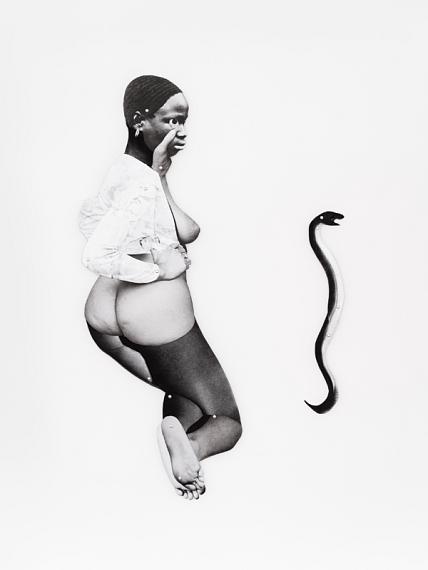
Collages with paper pins mounted on aluminium
© Courtesy Galerie Nordenhake Berlin/Stockholm/Mexico City
Photo: Gerhard Kassner
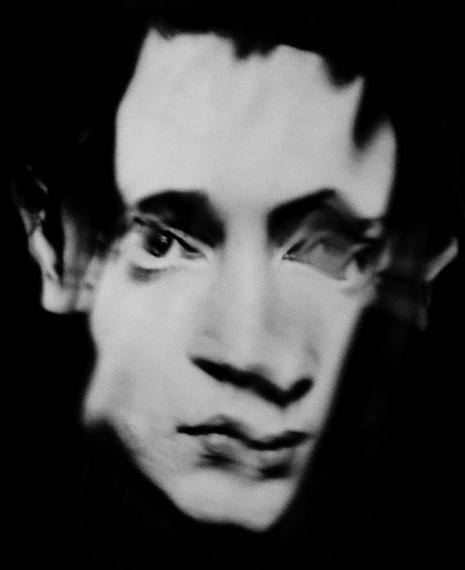
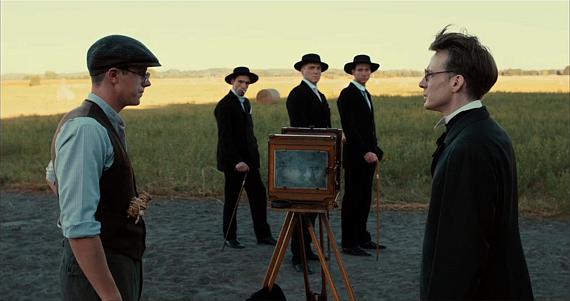
3D-Film mit Sound, 15:30 min
Im Auftrag von Martin Gropius Bau/Berliner Festspiele
© Filmgalerie 451/Stefan Ciupek/Julia M. Müller